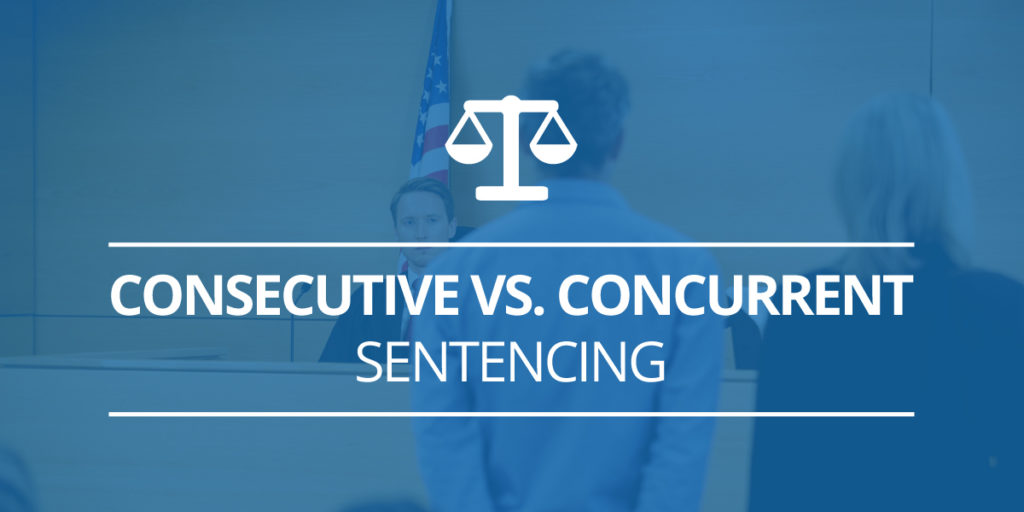
In State v. Paniagua, the WA Court of Appeals held that convictions for Bail Jumping are appropriately included in the offender score even when the offender failed to appear at a scheduled hearing for a pending charge of Blake-related Drug Offense.
FACTUAL BACKGROUND
This appeal considered one of many consequences attended to the Washington Supreme Court’s landmark decision in charge of State v. Blake. The decision held Washington’s possession of a controlled substance criminal statute unconstitutional. In turn, Washington courts have removed, from offender scores, earlier convictions for possession of a controlled substance.
This appeal travels further down the path and asks whether a court should remove, from the offender score, a former conviction for bail jumping when the offender failed to appear at a scheduled hearing while on bail pending charges for possession of a controlled substance.
Victor Paniagua only challenges his sentence for his 2018 convictions for Homicide and other crimes. The relevant facts begin, however, with earlier convictions.
In 2007, the State of Washington convicted Victor Paniagua with unlawful possession of a controlled substance. In 2011, the State again convicted Paniagua with possession of a controlled substance and the additional charge of bail jumping. The bail jumping charge arose from Paniagua’s failure to appear at a court hearing on the 2011 possession charge.
In June 2018, a jury found Victor Paniagua guilty of second degree murder, second degree assault, unlawful possession of a firearm, and witness tampering. The trial court calculated Paniagua’s offender score at 8 for the murder and assault charges. It also calculated a 7 for the unlawful firearm possession and witness tampering charges. The offender score calculation included one point each for the 2007 and 2011 possession of a controlled substance convictions and one point for the 2011 bail jumping conviction. As a result, the
court then sentenced Paniagua to 453 months’ total confinement.
After the issuance of State v. Blake, Mr. Paniagua requested resentencing. He argued the superior court should resentence him and reduce his offender score by three points. Ultimately, the superior court deducted only two points from Paniagua’s offender score. The superior court resentenced Paniagua to 412 months’ total confinement.
COURT’S ANALYSIS & CONCLUSIONS
The Court began by saying that State v. Blake held that Washington’s drug possession statute violated the due process clause. The statute penalized one for passive, innocent, or no conduct without requiring the State to prove intent.
“The Washington Supreme Court also did not address, in State v. Blake, the retroactivity of its decision,” said the Court of Appeals. “Nevertheless, the State and other courts have operated on the assumption that Blake should be applied retroactively. If a statute is unconstitutional, it is and has always been a legal nullity.”
Next, the Court of Appeals decided whether the bail jumping conviction was invalid on its face. When a defendant is convicted of a nonexistent crime, the judgment and sentence is invalid on its face. Here, however, the State did not convict Mr. Paniagua of a nonexistent crime when convicting him of bail jumping. “The crime remains in existence today,” said the Court of Appeals. “The conviction is not facially invalid.”
Next, the court raised and dismissed Paniagua’s arguments that the State convicted him of bail jumping while facing charges brought pursuant to an unconstitutional statute:
“Still, he cites no decision supporting the proposition that being convicted or held, under an unconstitutional criminal statute, renders escaping from jail or bail jumping permissible. To the contrary, under the universal rule, the unconstitutionality of a statute under which the defendant was convicted or charged does not justify escape from imprisonment . . . We find no decision addressing bail jumping when facing charges under an unconstitutional statute.” ~WA Court of Appeals.
With that, the Court of Appeals affirm the superior court’s inclusion of Victor Paniagua’s 2011 conviction for bail jumping in his offender score and affirmed his resentencing.
Please contact my office if you, a friend or family member are charged with a crime. Hiring an effective and competent defense attorney is the first and best step toward justice.

















